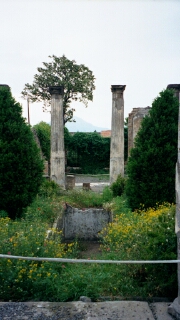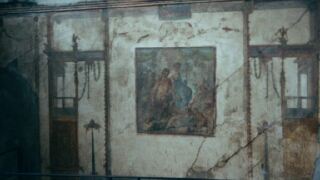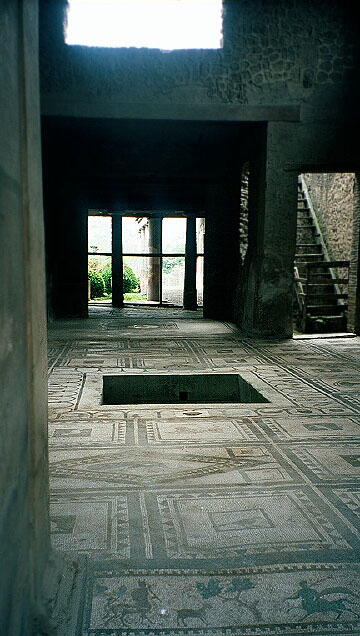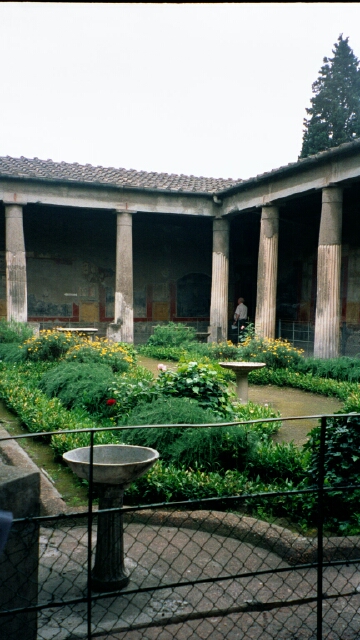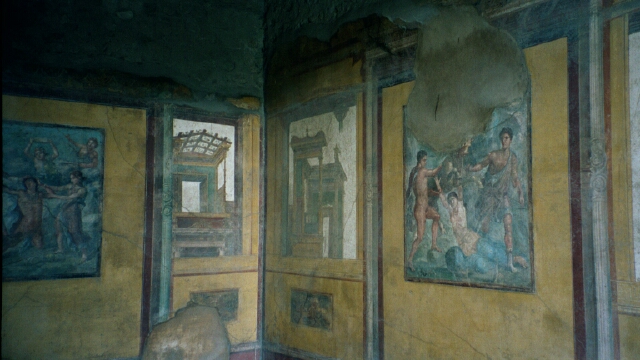The other really impressive thing about Pompeii was the sheer scale of some of the remaining buildings. One of the facilities was a big arena that included a swimming pool (now completely grassed over but still visible as a sloped depression in the earth).
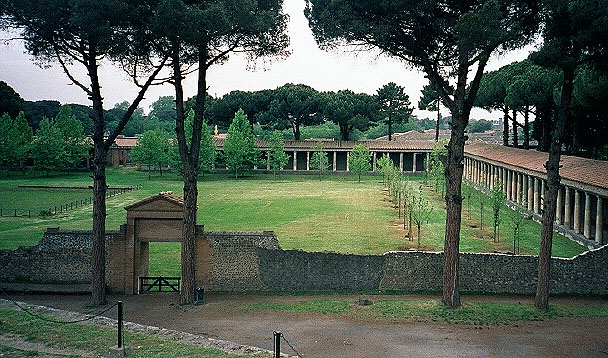
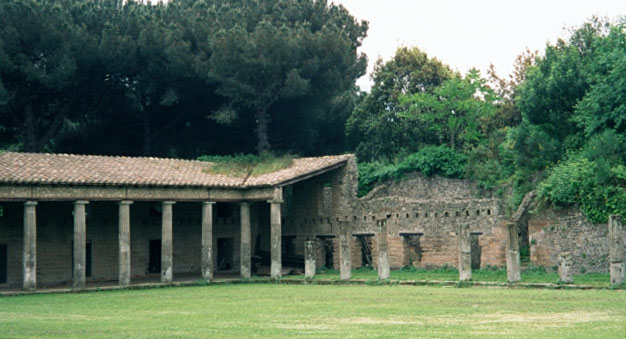
The other amazing building was the amphitheatre, which is thought to be the oldest amphitheatre in the Roman Empire, predating the Colosseum. The entire structure, unlike the Colosseum, is intact (though many parts are grassed over), allowing you to see the symmetric shape of the facility.
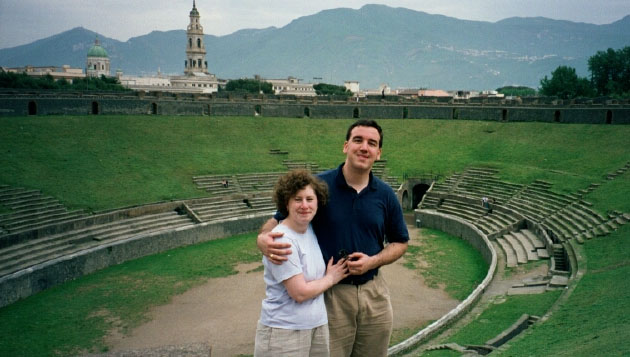
We only spent an afternoon in Pompeii, far too short a time to see everything we wanted to see. But we had to drive on to Positano.

